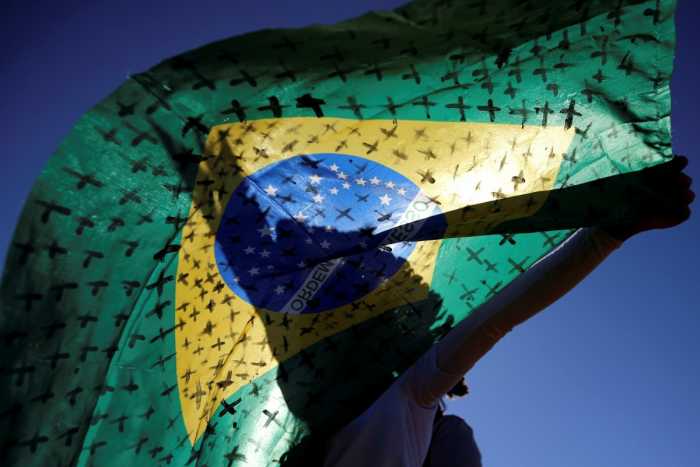
Just 27 days have passed since Brazil, which has the world’s second-largest outbreak after United States, reached one million cases.
In recent weeks, there have been nearly 40,000 confirmed new cases per day, according to government figures.
By contrast, 43 days passed between 1 million and 2 million confirmed cases in the United States, where the spread of COVID-19 eased briefly in May before accelerating again in June.
On Thursday, confirmed cases in Brazil totaled 2,012,151, while deaths numbered 76,688.
Brazil, the largest country in Latin America, is home to around 210 million people – roughly two-thirds the size of the U.S. population.
In both countries, contagion has exploded as the virus has gained steam in new areas far from the largest cities. A patchwork of state and city responses has held up poorly in Brazil in the absence of a tightly coordinated policy from the federal government.
In some big cities such as Rio de Janeiro and Sao Paulo, where the outbreak first emerged in Brazil, new daily cases have stabilized and even begun to decline slowly. However, that has been offset by worsening outbreaks in other regions.
Among the states with the fastest growing outbreaks are Rio Grande do Sul and Parana in southern Brazil, which had kept a lid on their outbreaks early on.
He said models show the next million cases in Brazil may come more slowly, as there are now fewer untouched corners of the country. By the end of July or first half of August, Medronho said new daily cases could begin to decline nationally.
However, public health experts are raising alarms about the worsening outlook in southern Brazil, which has the coldest weather during the southern hemisphere winter, now underway, and a population that skews older than the rest of the country.
COVID-19, the disease caused by the new coronavirus, is known to be significantly deadlier for the older population. While other coronaviruses have spread more rapidly during winter months, the impact of the colder weather on the novel virus has not been scientifically proven.

